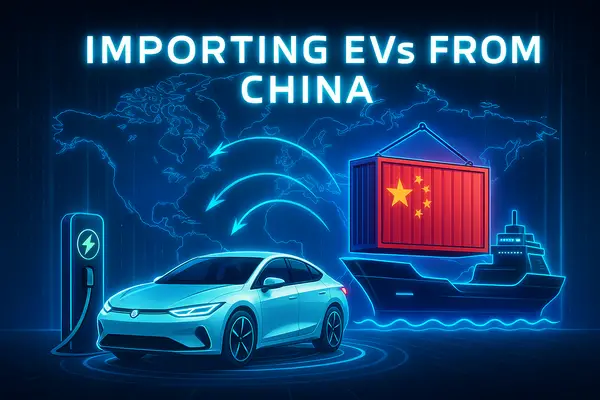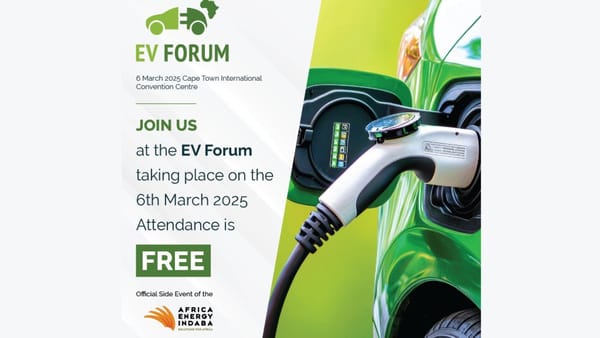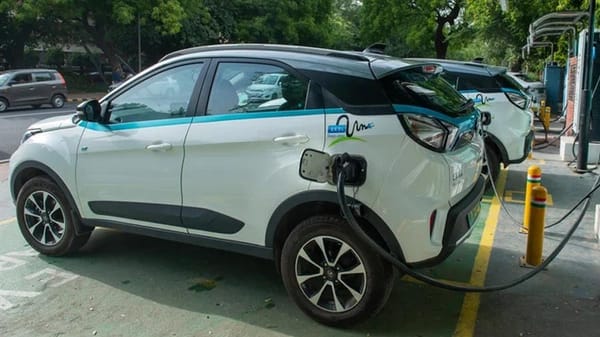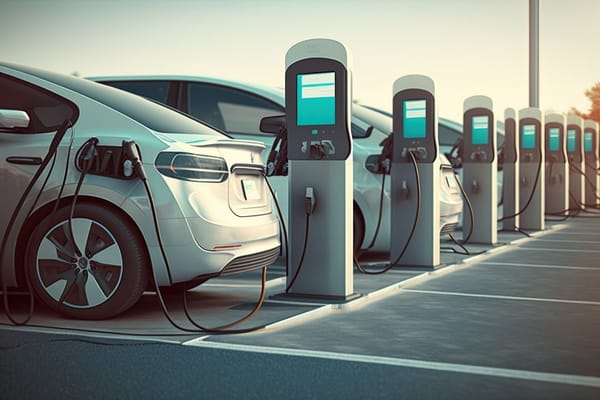How EVs Defined Transport In The Last Decade
It’s time to take a look back at the cars that had the most impact over the past 10 years. The vehicles listed below stand out in a number…

It’s time to take a look back at the cars that had the most impact over the past 10 years. The vehicles listed below stand out in a number of different ways. Some pushed boundaries with electric powertrains, mind-melting performance, and ultramodern designs, while others kept it simple, sticking to the basics and improving upon formulas that have worked now for decades. A few even created entirely new segments.
It’s hard to believe that the original, all-electric Tesla Roadster is little more than a decade old. The Roadster was a milestone machine: the first production EV to use lithium-ion batteries, and the first to crack 200 miles per charge (244 miles to be exact). It shot to 60 mph in just 3.7 seconds, and cost about $100,000.
EVs have flooded the market with ever-increasing battery performance, lower prices, and more evolved design. These improvements have made EVs legitimate options for car buyers. The compact BMW i3, Chevy Bolt, and Nissan Leaf, various Teslas, Jaguar’s terrific i-Pace, Audi’s E-Tron SUV, and now the Taycan have provided a sensible array of configurations. Yet the driving ranges have lingered between 200 and 300 miles, mostly on the lower end of that spectrum.
That’s certainly a useful range that should ameliorate any driver range anxieties in terms of daily use, but it clearly hasn’t been enough to cause consumers to go all-in on electrification. The market share for EVs in the U.S. began the decade at around 0.10 percent, and by 2018 had reached 2.1 percent.

But in the 2020s, that number is only going to climb and it’ll be thanks to infrastructure. EVs are at the moment completely impractical for apartment dwellers, and homeowners have to pay for and accommodate home-charging stations to avoid having to top off at still-scarce public stations. Yes, you can drive a Tesla all the way across the country thanks to its Supercharger network, but charging it — and any other EV for that matter — is still a headache a full decade into this transportation experiment.
Throughout the decade, charging availability has been the constant challenge. While things are changing with Ford promising to build the world’s largest EV charging network in North America, kicking combustion cars will take a lot of hard work.
There’s also a definite need for speed. The fastest any EV can charge right now is roughly 150KW from a DC fast charger, which can load about 60 miles of driving range in ten minutes. The problem is that there are few cars and charging stations that can generate that kind of charge speed, and even the ones that do can be slowed down by the number of vehicles at the station and any number of infrastructure factors that can affect electricity availability.
In the next decade, EVs will also need to continue its price-dropping trend while adopting more traditional functionality and appearance. The BMW i3 was just too weird for a lot of people, while Teslas have sleek, modern designs.
Cybertruck is a perfect example of the challenge ahead for EVs in the 2020s: Going mainstream. Perhaps the brightest light amid all the recent EV hand-wringing is Ford’s Mustang-inspired Mach-E, also announced in November 2019. That car has been enthusiastically received so far — despite its risky appropriation of the Mustang brand — and it appears sleek, attractive, and functional.
It will also be affordable, starting at under $40,000 and able to drive between 200 and 300 miles, depending on the battery pack. It might be the first true people’s EV — not an overly compact city car nor a statement like the Cybertruck.
If the Mach-E takes off, others will surely follow, especially as batteries and charging networks enter their next age of serious evolution. It could be that a decade from now, the combustion engine could finally face oblivion.




